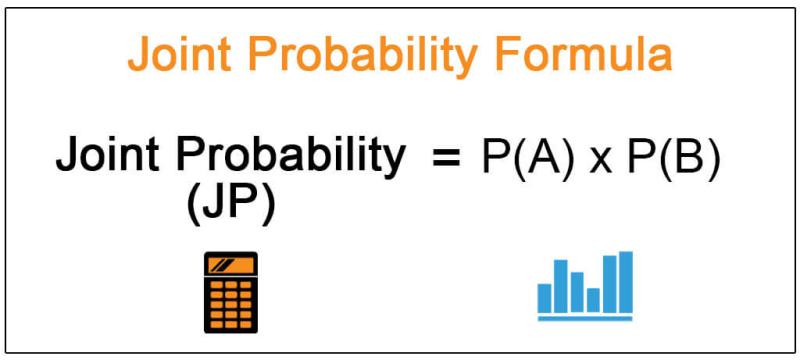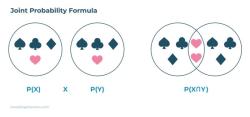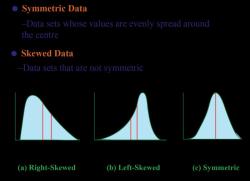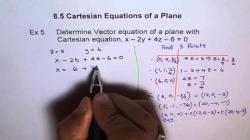How can I calculate the joint probability for three variable?
To calculate the joint probability for three variables (events), you use a similar concept as in the case of two variables. The joint probability for three events A, B, and C is denoted as , and it represents the probability that all three events occur simultaneously. The formula for calculating joint probability with three events is:
This formula is applied by dividing the number of outcomes where all three events (A, B, and C) occur by the total number of possible outcomes.
Formula for Joint Probability with Three Variables:
Steps to Calculate Joint Probability for Three Variables:
Identify the Events:
- Clearly define the three events for which you want to calculate the joint probability (e.g., Event A, Event B, and Event C).
Determine the Favorable Outcomes:
- Identify the outcomes where all three events (A, B, and C) occur. These are the favorable outcomes for the joint event.
Count the Total Possible Outcomes:
- Determine the total number of possible outcomes for the situation. This is the denominator in the probability formula.
Apply the Formula:
- Substitute the values into the formula for joint probability.
Example:
Suppose you have a standard six-sided die, and you want to calculate the joint probability of rolling a 2 (Event A), rolling an even number (Event B), and rolling a number less than 4 (Event C).
Identify the Events:
- Event A: Rolling a 2
- Event B: Rolling an even number (2, 4, or 6)
- Event C: Rolling a number less than 4 (1, 2, or 3)
Determine the Favorable Outcomes:
- The favorable outcome for all three events (A, B, and C) is rolling a 2.
Count the Total Possible Outcomes:
- There are six possible outcomes on a six-sided die (1, 2, 3, 4, 5, 6).
Apply the Formula:
So, the joint probability of rolling a 2, rolling an even number, and rolling a number less than 4 on a standard six-sided die is .
Methods for calculating joint probability involving three variables?
There are several methods for calculating the joint probability involving three variables, each with its own advantages and disadvantages. Here are some of the most common methods:
1. Direct Multiplication:
This method involves simply multiplying the individual probabilities of each variable. This is only applicable when the variables are independent, meaning that the occurrence of one event has no effect on the probability of the others.
Formula:
P(A, B, C) = P(A) * P(B) * P(C)
2. Chain Rule:
This method involves calculating the conditional probabilities of each variable given the previous ones. It is more versatile and can be used for both independent and dependent variables.
Formula:
P(A, B, C) = P(A) * P(B | A) * P(C | A, B)
3. Joint Distribution Table:
This method involves creating a table that shows the probabilities of all possible combinations of values for the three variables. This can be helpful for visualizing the relationships between the variables and calculating various probabilities, including marginal and conditional probabilities.
4. Probability Density Function (PDF):
For continuous variables, the joint probability density function (PDF) can be used to calculate the probability of specific values or ranges of values for each variable. This method requires knowledge of calculus and probability theory.
5. Simulations:
In some cases, it may be easier to simulate the behavior of the variables and estimate the joint probability through repeated sampling. This can be useful when dealing with complex systems or when an analytical solution is not available.
Here are some additional factors to consider when choosing a method:
- Number of variables: As the number of variables increases, the complexity of the calculations also increases. Some methods may become impractical or computationally expensive for large numbers of variables.
- Type of variables: Different methods are better suited for different types of variables (e.g., discrete vs. continuous, independent vs. dependent).
- Available data: The choice of method may also depend on the format and availability of the data. Some methods require specific data structures to be implemented effectively.
It is important to understand the assumptions and limitations of each method before applying it to your specific problem. Consulting with a statistician or data scientist can be helpful in choosing the most appropriate method and interpreting the results.













